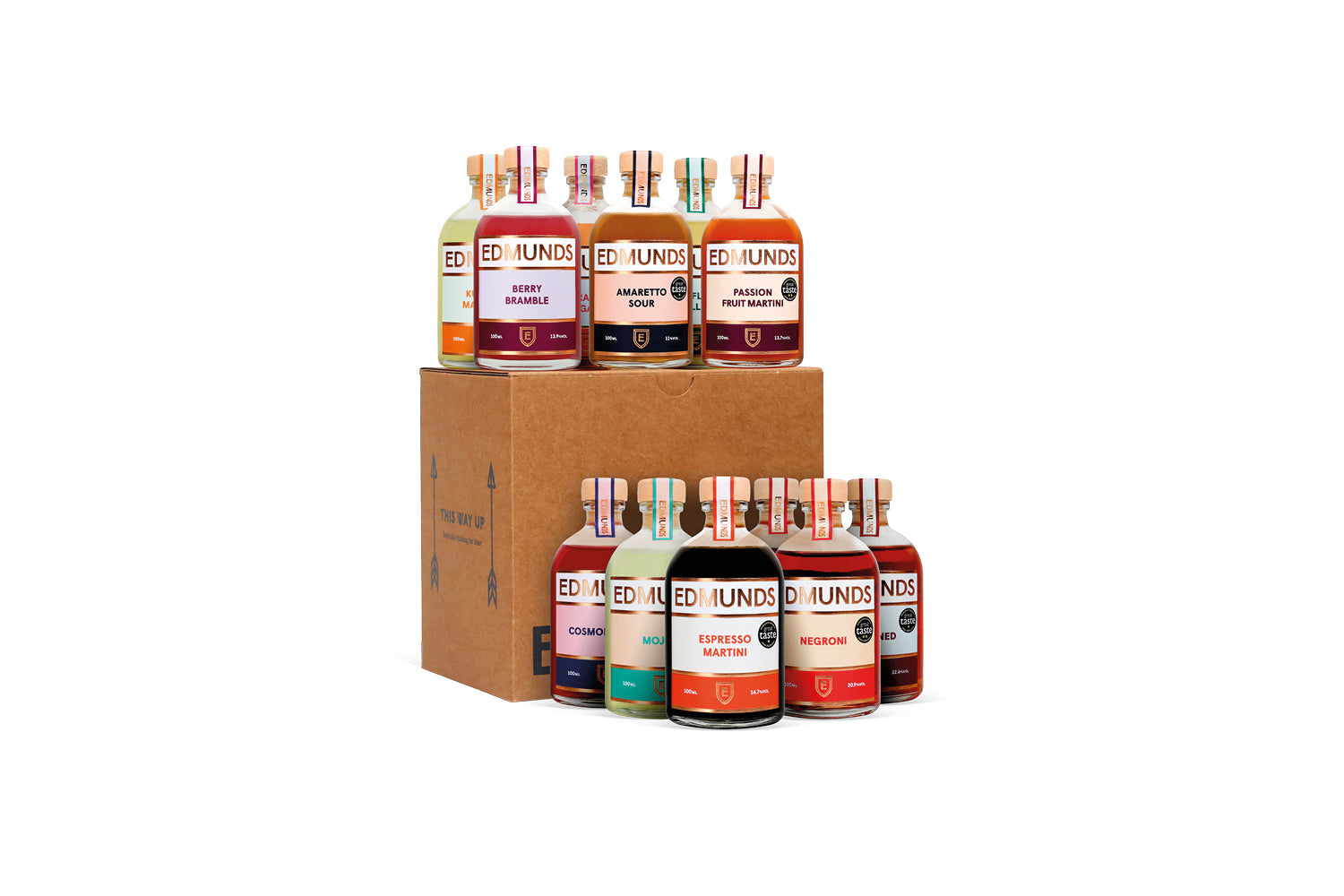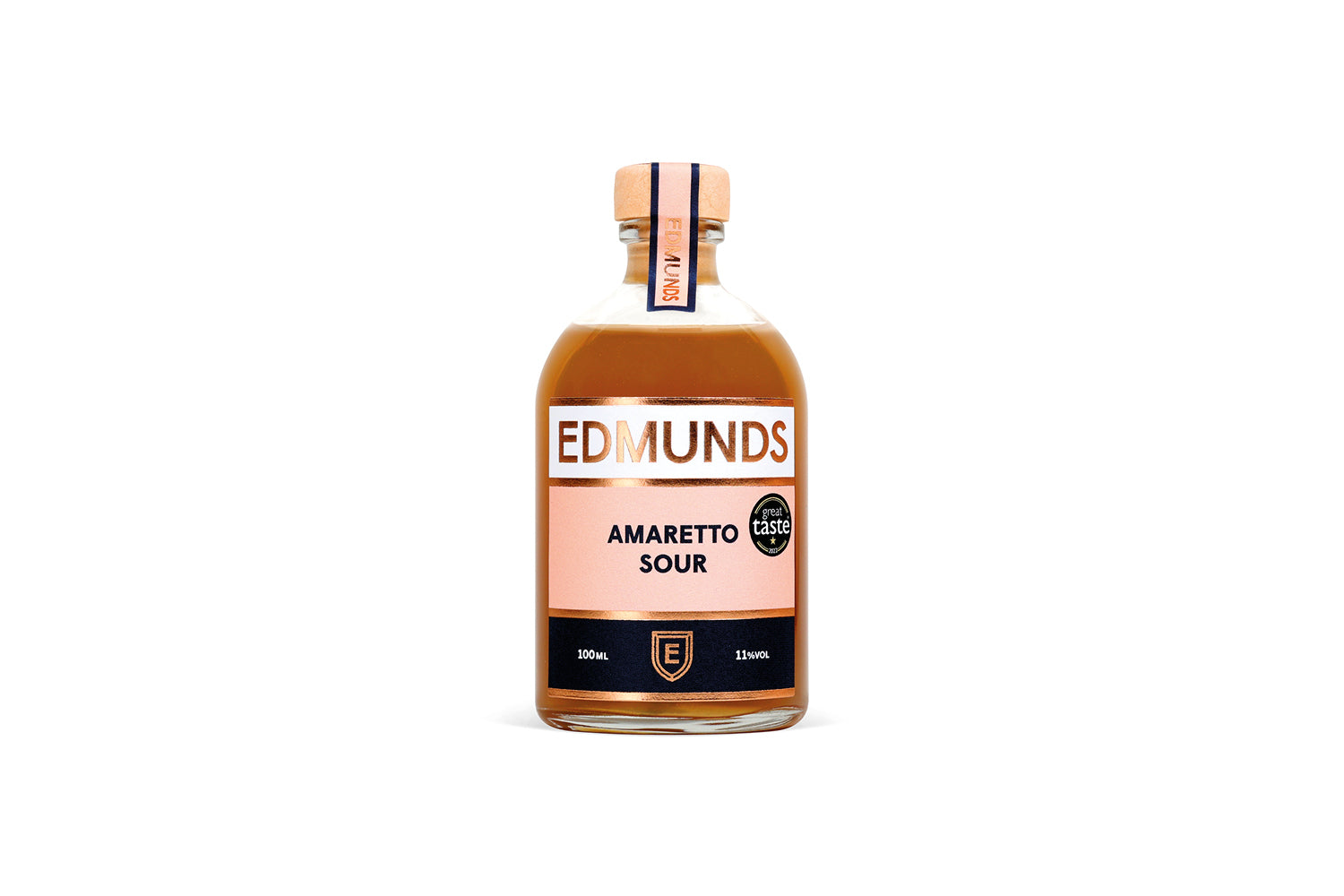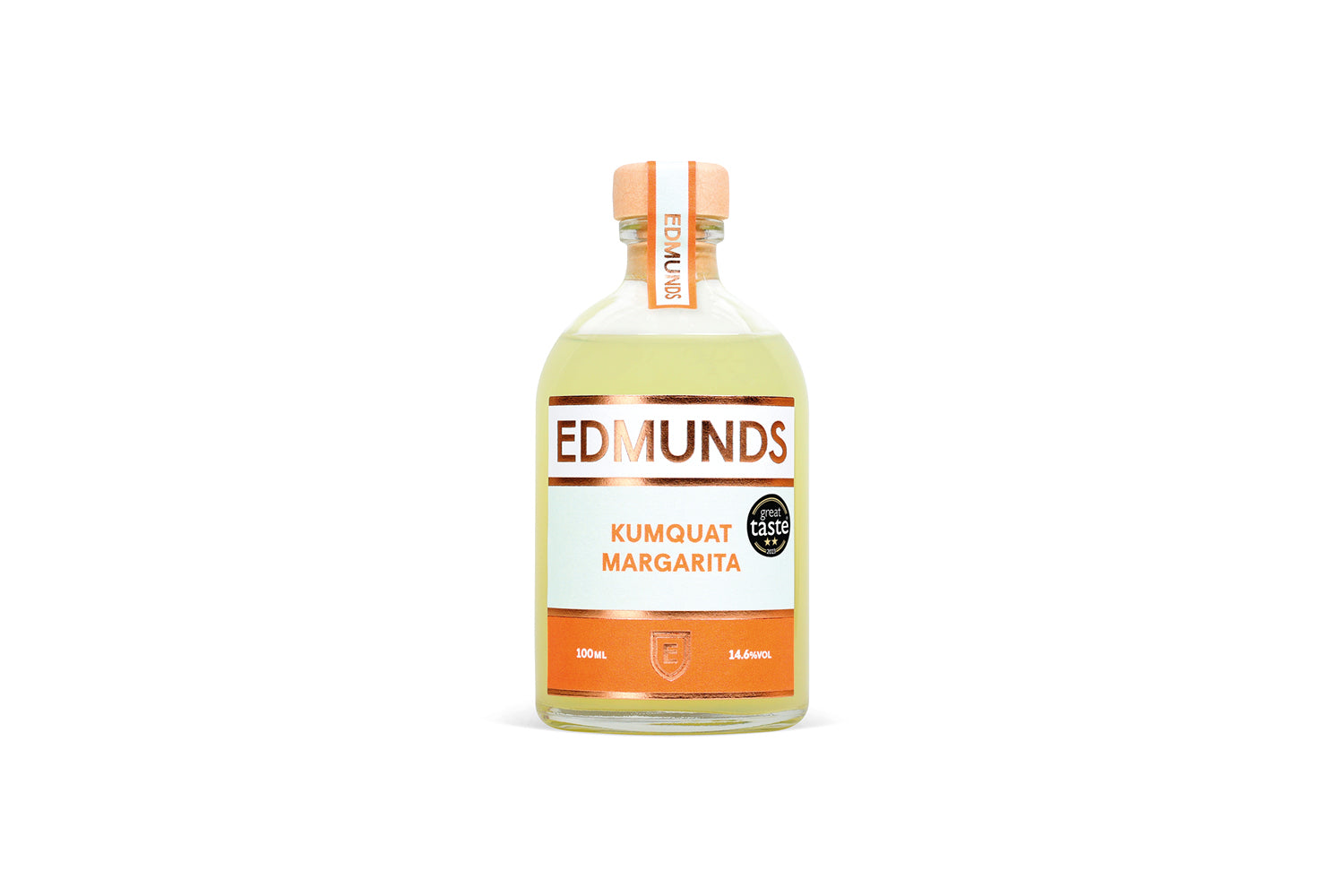People who take their drinks seriously may well consider any cocktail that incorporates chocolate or coffee to be, at best, old fashioned or, at worst, uncomfortably gimmicky.
There’s certainly an association with 70s kitsch – a throwback to the days when a box of chocolate liqueurs was an essential over-18s Christmas stocking-filler* and the offer of a post-prandial Irish coffee was considered the ultimate barometer of a successful dinner party.
The artisan effect
However, in the spirit of what-goes-around-comes-around, coffee and chocolate are enjoying something of a cocktail renaissance – never more so than during the festive season when everyone is trying to find new and exciting ways to use their seasonally inspired Kahlua and Crème de Cacao purchases.
Perhaps it’s unsurprising that chocolate and coffee cocktails are gaining in popularity as the craft coffee movement and appetite for more sophisticated chocolates (like Hotel Chocolat) have moved into the mainstream.
From a purely flavour-compatibility perspective, teaming the dark, complex and bitter/sweet notes of coffee and cocoa beans with a rich, sugary liqueur makes plenty of sense. Moreover, the beans’ stimulant effect offers a pleasing pepped-up yang to alcohol’s relaxing yin.
The espresso factor
If we set aside the multiple variations on the theme of hot-coffee-laced-with-spirits, using coffee as a bona fide cocktail ingredient** is a relatively modern development.
The Espresso Martini is the flagbearer for coffee-flavoured cocktails. Dating back to the early 1980s, this modern classic was reputedly created for the Brit-pop generation by legendary UK bartender Dick Bradsell (also famous for the Bramble) at Fred’s Bar in London, later morphing into the ‘Pharmaceutical Stimulant’ served in Damien Hirst’s Notting Hill restaurant, Pharmacy.
A high-octane blend of caffeine, alcohol and sugar, it’s not, strictly speaking, a Martini at all (containing neither gin nor vermouth). Nevertheless, it still deserves its place in the list of all-time favourite cocktails.
Bradsell’s recipe uses two measures of vodka to one of double-strength espresso, with a good splash each of sugar syrup, Kahlua and Tia Maria, shaken with ice to create the crema and served in a Martini glass or champagne coupe. It should be dark in colour – like a well-poured Guinness rather than cola.
Our premium version blends Sapling vodka with FAIR Café liqueur, cold brew espresso and a little vanilla syrup for a silken finish that perfectly balances the drink’s signature bitter-sweetness. Garnish with three coffee beans – to signify health, wealth and happiness – and you’re ready to go.
Espresso aficionados will also be delighted by our limited-edition seasonal Gingerbread Espresso Martini – containing the same complex flavours but with the inspired addition of a dash of spiced gingerbread syrup; perfect for Christmas.
Cocktails for chocoholics
The classic chocolate cocktail is, of course, the Brandy Alexander. A simple recipe, it combines brandy, crème de cacao and cream in equal measures, often with the addition of an egg white to help create a super-smooth texture when shaken with ice.
Thought to date to the early part of the twentieth century, and likely made with gin rather than brandy, stories differ as to who first served the Alexander or why it’s so-named, though stories vary from a celebration of Philadelphia baseball pitcher Grover Cleveland Alexander and a New York bartender called Troy Alexander.
Whatever its true origins, the Alexander became a prohibition favourite on account of its ability to smooth the rough edges of homemade bathtub gin. Today, one of the most popular seasonal liqueurs – Baileys Irish Cream – is, more or less, a whisky-based version of the Alexander and offers a good starting point for many chocolate cocktails. You can make a crowd-pleasing chocolate Martini by shaking a double measure of vodka with a shot each of crème de cacao and Baileys (a side serving of chocolate truffles, optional).
*See also Meltis New Berry Fruits and Rowntrees Orange Matchmakers
** Disappointingly, a recipe for a ‘coffee’ cocktail from Jerry Thomas’s influential nineteenth-century bartending guide, How To Mix Drinks, contained no coffee at all and likely was so-called because of its vague visual resemblance to the beverage. You might just as well call icing sugar ‘snow’.










































































